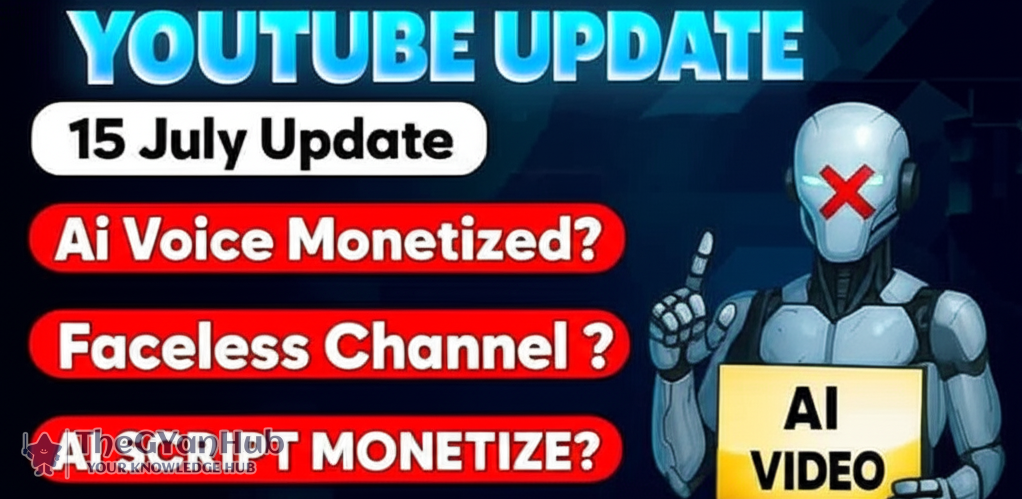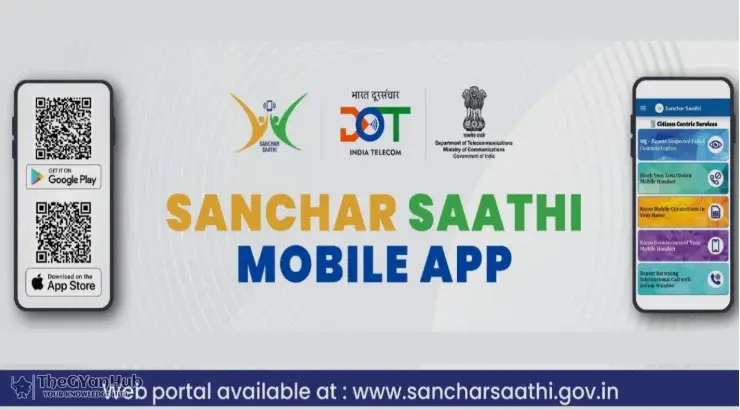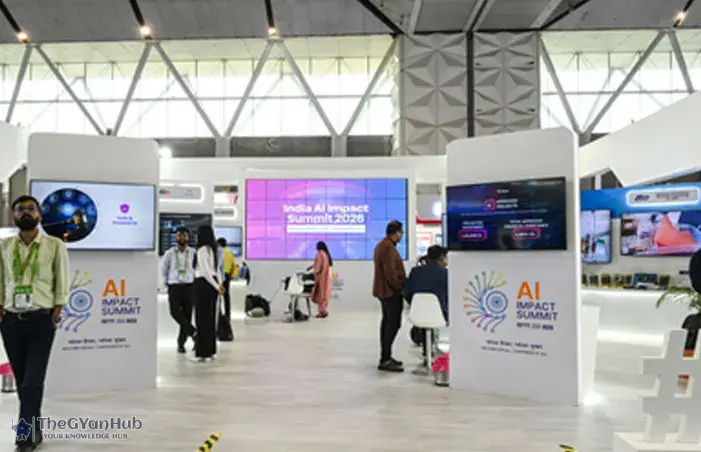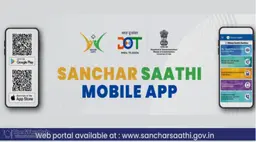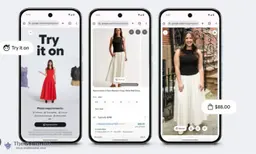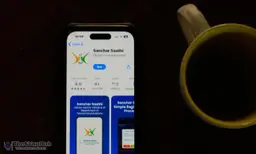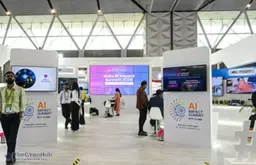I’m a passionate writer who loves exploring ideas, sharing stories, and connecting with readers through meaningful content.I’m dedicated to sharing insights and stories that make readers think, feel, and discover something new.
What’s Changing and Why It Matters
On July 15, 2025, YouTube's Partner Program (YPP) will begin enforcing updated guidelines targeting inauthentic content—formerly called repetitious material YouTube+15Google Help+15Reddit+15Reddit+10Exchange4Media+10Storyboard18+10. These changes don’t introduce new rules but clarify enforcement, aiming to reduce spam-like, mass-produced, or templated videos—from AI-generated slideshows to automatic voiceovers over stock footage . YouTube emphasizes this is a “minor update” to better identify content that has always been ineligible for ads Storyboard18+12The Verge+12Windows Central+12.
Definition and Scope of Inauthentic Content
YouTube defines inauthentic content as video that is:
Created at scale with little human input,
Using identical formats across multiple uploads, and
Lacking unique commentary, transformation, or added value YouTube+15Google Help+15Windows Central+15Tech Startups+11Vibe Coding+11CineD+11.
Examples include AI voice-over slideshows, templated compilations, or channels uploading near-identical audio/video repeatedly CineD+1Indiatimes+1. This update does not ban AI or reused material outright, but requires creators to add originality.
What Remains Allowed
Reaction, clip, or compilation videos are not banned if they include significant value-add—commentary, critique, or educational context Google Help+15The Economic Times+15The Economic Times+15.
AI tools can still be used, as long as final output is original and creators disclose synthetic content Windows Central+11Storyboard18+11Reddit+11.
Core YPP eligibility remains unchanged: 1,000 subscribers with 4,000 public watch hours, or 10 million Shorts views in 90 days The Economic Times+3The Economic Times+3The Times of India+3.
What Creators Should Do Now
Evaluate content workflows: Does your AI-generated or templated content offer human insight or transformation? If not, it risks demonetization The Economic Times+7Vibe Coding+7Indiatimes+7.
Enhance reused content: Add voice-over, analysis, or re-editing to ensure originality .
Disclose synthetic content: If you're using generative tools like AI voices, clearly label it per policy .
Avoid mass production: Don't rely on bulk uploads with minimal changes—ensure each piece is distinct .
For creators with original, human-focused content, this update is designed to reward authenticity, not penalize creativity YouTube+15Tech Startups+15The Economic Times+15.
Potential Penalties
While YouTube hasn’t specified penalties, creators following patterns of low-effort uploads may face:
Demonetization of individual videos or full channels,
Reduced visibility in search or recommended feeds, or
Removal from the YPP, depending on severity YouTube+15Tech Startups+15The Economic Times+15The Verge+12Vibe Coding+12Indiatimes+12.
Final Thoughts
YouTube’s July 15 updates don’t rewrite monetization rules—they sharpen enforcement to maintain authenticity in the era of AI. Creators should:
Continue using AI tools responsibly,
Add meaningful transformation to reused content,
Disclose synthetic elements, and
Stay original to avoid any pitfalls.
If your content relies on humanness, creativity, and viewer value, you’re in good shape. For channels built around AI-spin or bulk uploads, now is the time for a strategic pivot toward originality.
